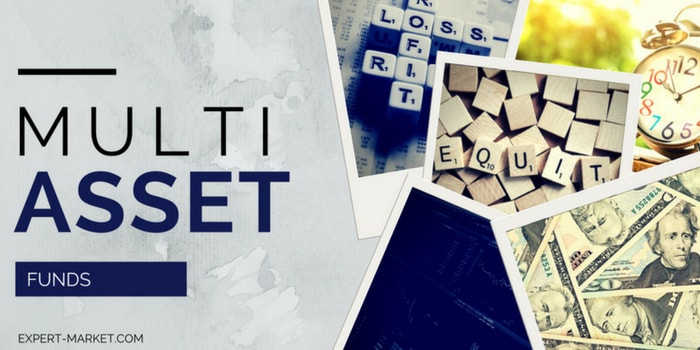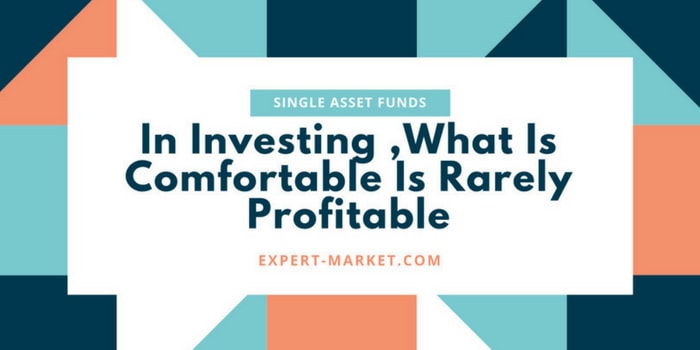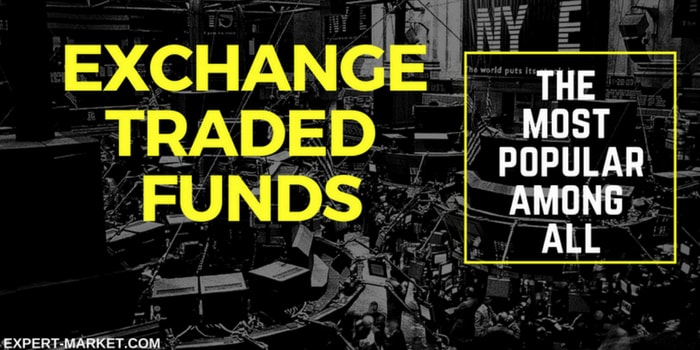When it comes to investment, it is fair to say that there the myriad of options available can seem both daunting and confusing to a novice. Whether it is forex, stocks and shares, spot metals, indices or multi-asset funds, finding out which is the most effective (especially given the varying goals of investors) can seem like a difficult task.
There are many different types of investment funds to choose from, but the differences can seem subtle, so here is some information on some of the most common funds.
Multi-Asset Funds
Having risen in popularity in recent years, multi-asset funds are a great way of diversifying an investment portfolio to reduce risk and thus increase chances of long term success. They consist of multiple assets, meaning that investing in a multi-asset fund essentially equates to investing in a pre-picked portfolio.
The potential returns on multi-asset funds are likely to be lower compared to those of a single asset, but they are still an effective choice, especially to those investors who are inexperienced with handling market volatility.
Single Assets
As the name would suggest, single asset funds consist of one asset type. This could be anything with a fluctuating market value, such as property, currency and stocks and shares. Although they are nearly always more volatile compared to multi-asset funds (given that they do not have other assets to counterbalance the risk), the profit margins tend to be larger if the investment is successful.
That being said, different asset classes contain different levels of risk. Currencies, for example, are incredibly volatile, constantly changing value by the second, whereas precious metals like gold and silver rise and fall in value at a much slower pace.
Exchange-Traded Funds
More commonly referred to as ETFs, these are incredibly popular amongst investors. They offer a lot of flexibility, and can be traded intraday, so are well suited to day traders. ETFs are made up of different underlying assets, but investing in them does not give the investor ownership of these assets, rather it allows them to speculate on their price movements.
Traded on public exchanges, they entitle investors to a share of the profits if the underlying assets rise in value.
These are some of the most common funds available to all investors. When considering which to choose, it is crucial to analyse the risk levels of each, and make a decision informed decision based on individual investment goals.



































